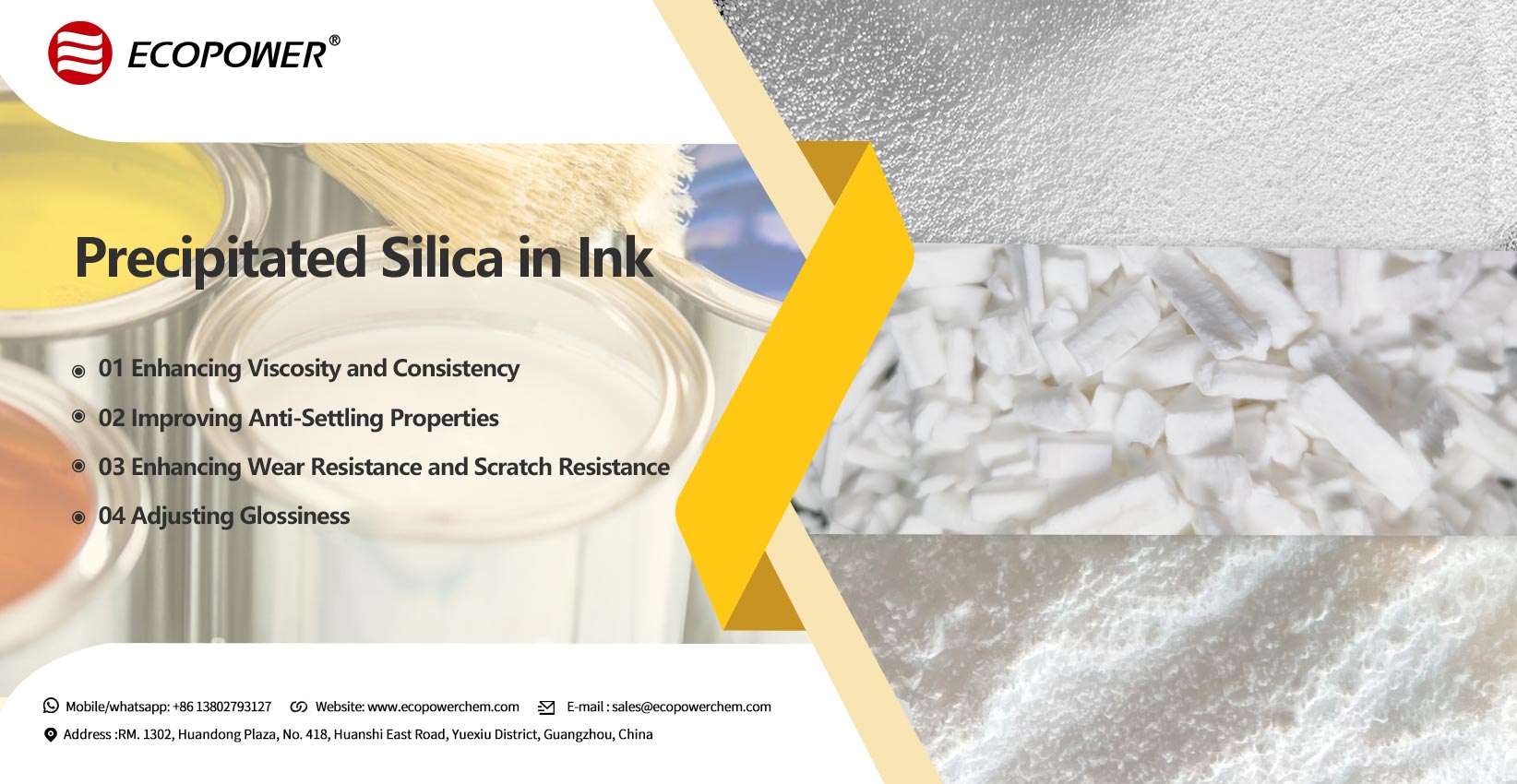Introduction to Precipitated Silica
Precipitated silica is a non-metallic material, mainly composed of silicon dioxide (SiO₂). It appears as a white powder and exhibits excellent chemical stability. It is insoluble in water and any solvent, non-combustible, and resistant to most acids and alkalis. Due to its small particle size and large surface area, it has high surface activity, providing good thickening, suspension, anti-settling, and rheological properties.
Precipitated silica is commonly used as an industrial filler due to its unique physical and chemical properties. It finds wide applications in various fields including rubber, plastics, coatings, and inks. This article will focus on the application of precipitated silica in the ink industry, exploring how it enhances the performance of ink products.
Applications in Ink
01 Enhancing Viscosity and Consistency
Controlling the viscosity and consistency of ink is crucial in the ink preparation process. Silicon Dioxide Provide, with its small particle size and large surface area, can form an effective filler network in ink, increasing internal friction and thus effectively improving ink viscosity and consistency. This is important for preventing ink stratification during storage and usage, ensuring ink stability during the printing process.
02 Improving Anti-Settling Properties
During prolonged storage, pigments and fillers in ink may settle, affecting ink uniformity and print quality. Precipitated silica can effectively improve the anti-settling properties of ink. The principle lies in the dispersed precipitated silica particles forming a stable three-dimensional network structure in the ink, hindering the settling of pigment and filler particles, thus maintaining ink uniformity.
03 Enhancing Wear Resistance and Scratch Resistance
In high-speed printing processes, wear resistance and scratch resistance of ink are essential factors in ensuring print quality. The application of precipitated silica in ink can significantly enhance the wear resistance and scratch resistance of printed materials. This is attributed to the good hardness and strength of precipitated silica, which can form a strong film layer after ink drying, reducing surface wear and scratches on printed materials.
04 Adjusting Glossiness
The glossiness of ink directly impacts the appearance and texture of printed materials. By controlling the amount and dispersion of precipitated silica added, ink glossiness can be effectively adjusted. Higher amounts of precipitated silica addition or poor dispersion can lead to reduced ink glossiness, while an appropriate amount of well-dispersed precipitated silica can maintain ink glossiness to meet the requirements of different printed materials.
05 Improving Print Adaptability
Print adaptability of ink refers to its stability and applicability under different printing conditions. The addition of precipitated silica can improve the rheological properties of ink, making it more suitable for different types of printing processes such as screen printing, letterpress printing, and flexographic printing. Additionally, precipitated silica can help ink achieve better adhesion and coverage on different printing substrates.
